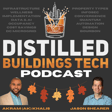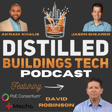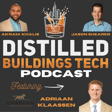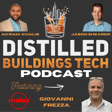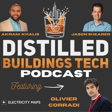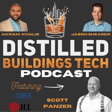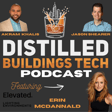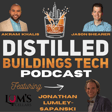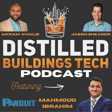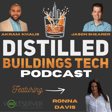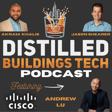
Jeff Beavers on Trades, Tech, and the Future of Power with NECA
🔥 Episode Summary
In this episode, hosts Jason Shearer and Akram “AK” Khalis sit down with Jeff Beavers, Executive Director of Network Integration at NECA (National Electrical Contractors Association), to discuss the evolving landscape of smart buildings, skilled trades, and the electrification of everything.
From climbing poles in the Air Force to defining future-ready standards for fault-managed power and limited energy systems, Jeff shares a career-spanning perspective that blends traditional electrical wisdom with cutting-edge tech. Together, the hosts and guest explore the convergence of AC/DC power, workforce shortages, the future of skilled trades, and why e-sports gamers might be tomorrow’s electricians.
🛠️ Topics Covered
- Jeff’s early telecom roots in the Air Force and journey into infrastructure
- The history and evolving mission of NECA in shaping power standards
- Limited energy systems and why the term matters for the future of design
- The parallel between AC adoption in 1900 and DC/FMP adoption today
- Global standards: Will RJ45 and USB-C power the world?
- The labor shortage and how to reach the next generation of tradespeople
- Micro-lessons and podcasting as tools for workforce education
- Industry partnerships with Google, Cisco, and IBEW to train the future
- Recruiting gamers, influencers, and digital natives into the trades
🥃 This Episode’s Drink
- Jeff: The “Old Fashioned” … water! (With a splash of ginger beer to spice things up)
📅 Release Schedule
New episodes drop every other Monday, blending smart buildings, big ideas, and a splash of your favorite drink.
🎧 Who Should Listen?
- Electrical and low-voltage contractors
- Code and standards professionals
- Data center and MEP engineers
- Workforce development leaders
- Policy makers and educators
- Young professionals and students exploring skilled trades
📣 How to Support the Show
- Subscribe on Apple Podcasts, Spotify, Overcast, or YouTube
- Leave a review and share with your network
- Explore NECA’s Podcast: Connectivity, Powered by NECA
- Follow Jason, AK, and Jeff on LinkedIn
